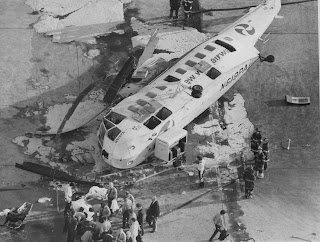Roof Talk-101 WHAT TO DO AFTER A STORM
If your roof is leaking, it is important to prevent additional interior damages. Oftentimes, hail and wind storm damage is difficult to gauge from the ground. What appears to homeowners as minor damage, such as one or two shingles missing, will compound into total roof damage down the road.
SIGNS OF HAIL STORM DAMAGE
Hail, in most instances, does not cause damaged roofs to leak immediately, unless it is golf ball size or bigger. Although damage is often difficult to see from the ground, there are definitely tell-tale signs a homeowner can look for to determine if their roof suffered hail damage.
The first thing you can check for is granule loss, noticeable around the gutter downspouts and the valleys of your roof. Although some granulation loss is normal, hail storm damage causes this problem to accelerate.
Even pea- sized hail stones can cause significant granule loss, which will dramatically decrease the lifespan of your roof. Hail voids most manufacturers shingle warranties, leaving you unprotected and vulnerable to future financial losses.
SIGNS OF WIND STORM DAMAGE
The evidence for wind damage can range from missing shingles, which can be seen from the ground, to lifted shingles with broken glue seals. Asphalt shingles adhere to one another utilizing a strip of adhesive called a glue strip or sealant strip. When High winds break this seal, debris and dirt are blown into this glue area. This is like taking a piece of tape, running it along the floor, then turning around and trying to stick it to the wall, only having it fall back to the ground.
These shingles will often not re-seal. It is very important to have a qualified roofer inspect your home or business after any major windstorm to assess damage.
ROOFGUARD-LLC has been installing commercial roofing systems for over 30 years. We have the solutions you are looking for if you desire a new commercial roof or need a re-roof. ROOFGUARD -LLC only uses the best products and installation practices to insure you have a worry free commercial roof. For more information ROOFGUARD-LLC visit us at. www.roofguardtexas.com and we also invite you to Like Us on our Roofguardtexas Facebook Page .
ROOFGUARD-LLC has been installing commercial roofing systems for over 30 years. We have the solutions you are looking for if you desire a new commercial roof or need a re-roof. ROOFGUARD -LLC only uses the best products and installation practices to insure you have a worry free commercial roof. For more information ROOFGUARD-LLC visit us at. www.roofguardtexas.com and we also invite you to Like Us on our Roofguardtexas Facebook Page .





